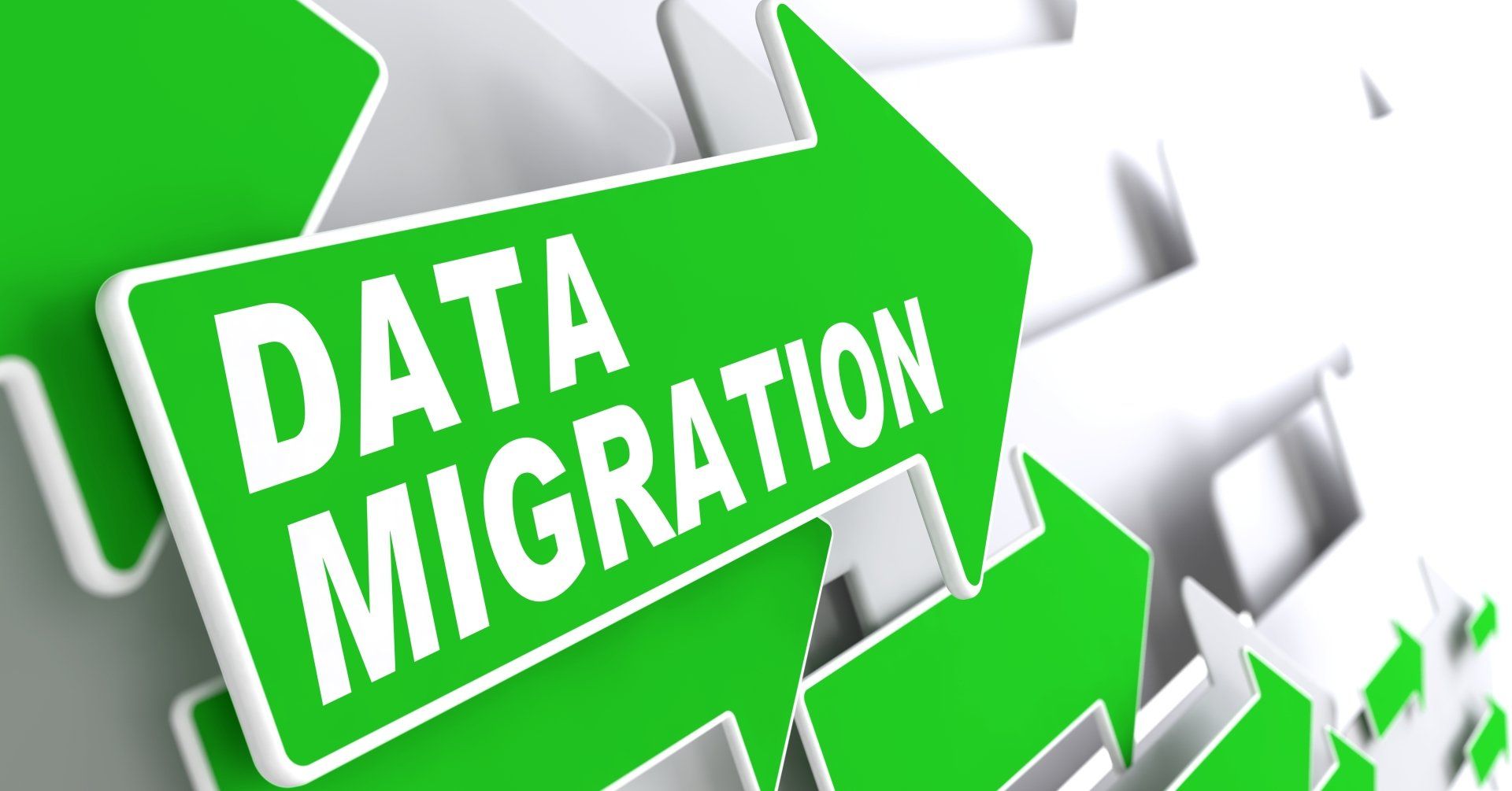Migrating Legacy Systems
November 15, 2019

When planning a move to a new software platform or an upgrade that makes your current system obsolete, the sunsetting of legacy systems is a critical - yet often overlooked - aspect of a smooth transition. For a successful migration, several key tasks must be performed:
- Developing a business case including business, financial, and budget considerations. Typically, the financial component includes the cost of the new software, implementation services and support/maintenance. Offsetting those costs may be the reduction of maintenance or subscription cost of existing software, decommissioning of hardware (servers & storage) supporting existing software and reduction in internal support cost.
- Migrating Data is a key factor in both cost and services requirements. There are both software solutions and service providers which can migrate data, some of which may need to be converted to a new format.
- Archiving legacy data not needing to be migrated but needing to be retained for a certain amount of time. Timeliness of this activity could impact compliance and internal policy issues. It is equally important to understand how the legacy data may need to be viewed when needed. There are numerous vendors who provide both software solutions and services including data viewers that can handle these requirements.
CASE STUDY:
When a mid-size New England-based health system decided to migrate to a new EMR which incorporated significant functionality previously performed by various legacy applications, Optisave worked with them to determine the most appropriate archival solution to maintain legacy data no longer needed by the new EMR, but requiring retention for both compliance and future availability.
Optisave developed the business case which included both the savings associated with decommissioning the legacy applications and the cost of the archival solution. Optisave then sourced the archival solution and negotiated the contract and pricing for the best possible value.
Optisave can assist you in building your business case as well as determining the most cost-effective solution for migrating and storing legacy data.
Additional Blog Posts

Most health systems pay for support and/or maintenance on hardware and software on an annual or multi-year basis. This includes clinical and financial software applications and desktop and network equipment, as well as data center hardware and software. Usually, support is manufacturer-provided and purchased either directly or through a Value Added Reseller (VAR). Third Party Maintenance (TPM) - Original Equipment Manufacturer (OEM)-authorized/OEM-independent maintenance – is increasingly common in the hardware and software support market, with a thriving ecosystem of independent support providers for specific software, server, storage and networking equipment. IT organizations selectively use TPM providers to cost-effectively extend IT asset life and control OEM-forced upgrades. TPM, also known as aftermarket hardware and/or software support or post-warranty support, is popular when equipment warranty or service agreements end. TPM can be a cost-effective alternative to OEM support. TPM can offer multiple benefits: Cost: TPM providers are typcially significantly less expensive than the OEM Flexibility: TPM can be more flexible than OEM support. Responsiveness: TPM can often be more responsive to issues than OEM support. Communication: TPM providers are directly linked to OEM Level 3 support. Expertise: TPM providers offer broad expertise in hardware/software brands and manufacturers. Remote monitoring: TPM can provide remote monitoring to help identify potential network issues that could expose company data to cyber threats. TPM services can include: Software support including security patching Hardware support to include Replacement or repair of hardware On-site engineering assistance Remote monitoring Operating support Data backup CASE STUDIES A Southwest children’s hospital was renewing hardware support on its data storage equipment. After thorough evaluation of its requirements, they decided to identify and solicit bids for 3rd party support for one year. One requirement was that the selected vendor had certified engineers and replacement hardware, if needed. Additionally, the vendor needed to have the ability to integrate into the hospital’s trouble ticket system. With Optisave’s guidance, an appropriate 3rd party vendor was selected, and at a 60% lower cost than OEM support. The Microsoft Unified Support agreement was coming up for renewal at large Mid-Atlantic health system. Renewal cost was far greater than the health system had budgeted so they were willing to look outside Microsoft for support. Several qualified vendors were identified and an RFI was issued. Ultimately the health system worked with Optisave experts to select a vendor that not only had a significant amount of experience with health systems, but was also more than half the cost of what Microsoft was going to charge for the renewal. Optisave works with healthcare, financial services, manufacturing, and other complex organizations to determine whether Third Party Maintenance is right for them and select the ideal provider. Contact us today to start a conversation.

Optisave’s integrated advisory services provide solutions to key IT issues challenging organizations today. With consolidation and reorganization in complex industries such as healthcare, manufacturing and financial services, an important, yet often overlooked factor is how to optimize IT products and services after organizational transition.
